What are the coffee beans suitable for beginners? Is it expensive to make coffee beans by hand? Suggestion on baking degree and ratio of water to powder
Hand brewed coffee is at its peak. Baristas and many coffee lovers re-emphasize the subtle and complex flavors of hand-brewed coffee. Choosing coffee beans that match your personal taste is important, so how do you choose the best coffee beans to brew coffee? There are so many different coffee beans on the market that it is impossible to know which one to choose. Front Street offers some helpful guidelines and good advice for any taste, and a list of Front Street's best coffee beans is included!
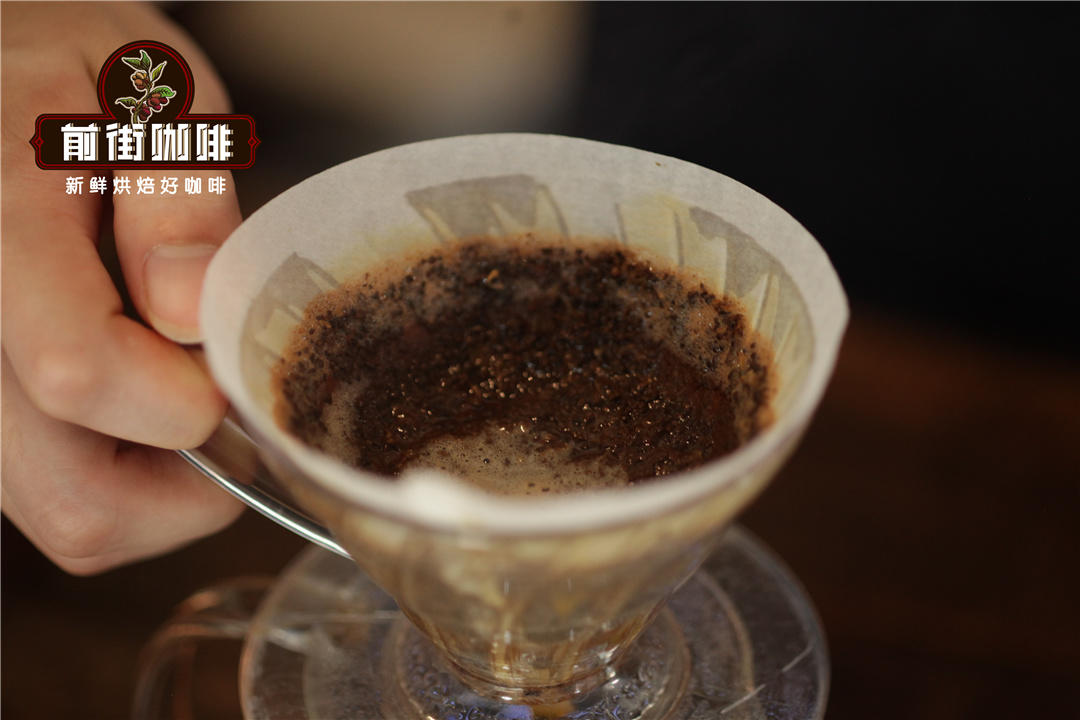
If you are new to handwashing, don't be afraid to try it. One of the great things about hand-brewed coffee is that it is compatible with almost any coffee, and most importantly, find out which one you like!
There are several factors that affect coffee bean flavor. However, two factors are crucial: origin and degree of roasting.
A bag of coffee beans can include all coffee beans grown in the same area, called single-serve coffee. A mixture of coffee beans from different regions is called blended coffee. Front Street suggests that you start with a single coffee, a single origin will make coffee more unique and exotic, showing the flavor and terroir of a particular region.
The degree of roasting will greatly affect the flavor
The degree of roasting also has a significant effect on the taste, aroma and texture of coffee. Light roasts usually have fragrant floral and/or fruity notes, mild aromas and brighter acidity. They are ideal for exploring the subtleties of single-origin coffee beans, such as Yerga Shefi and Costa Rica coffee. Yejia Xuefei is a coffee starter bean for many people. In order to highlight the citrus and floral characteristics of this fruit, the roaster of Qianjie designed the following baking curve to make this coffee taste clean and caramel flavor very obvious.
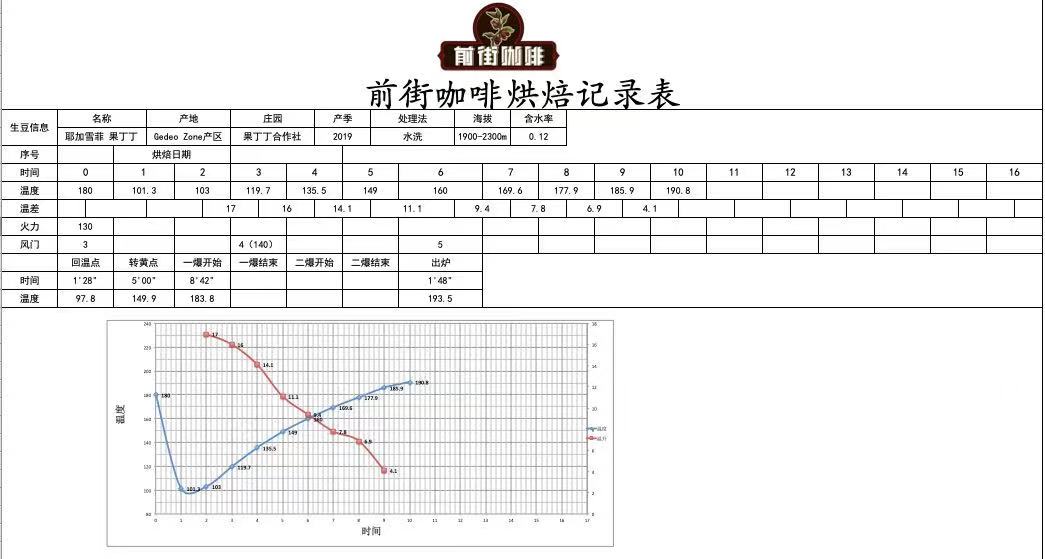
After exploring the mysteries of Yega, you can begin a wonderful tour of a new region-Costa Rican Musicians Series.
Beethoven wash is a variety of fruit flavor display, honey and toffee taste unforgettable, lingering is the key Darjeeling black tea. Raisin-treated Baha, sweetened, smells like fermented rice wine, ripe tropical fruit flavor. Mozart treated with anaerobic honey will have a very obvious sweet taste of raisins and other dried fruits, with carambola and American acid notes, sugar back sweet.
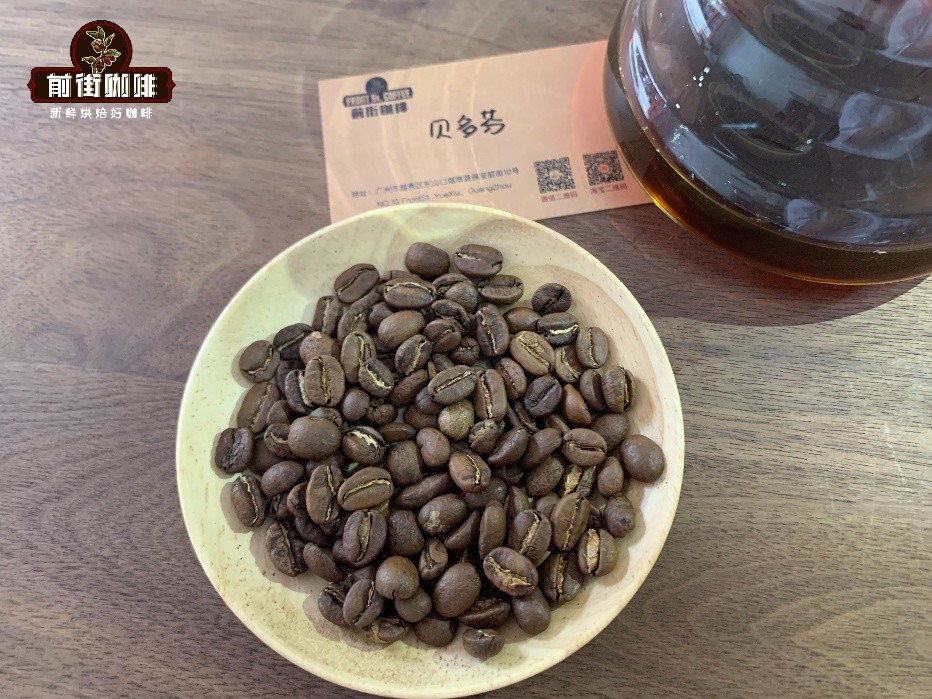
Because sugar caramelizes during baking, medium baking provides more sweetness and less acidity than light baking. They will have a fuller flavor and a slightly smoky taste.
Vivitenango on Front Street in Guatemala is a great example.
A good deep roast has a bittersweet taste and a bold, rich bouquet. The aroma of chocolate produced in the baking process is very obvious. It might be a little heavy for coffee novices. Most of the deep-roasted coffee beans on Front Street are mantnings. Here you can introduce the gold mantinin, front street mantinin is by PWN company in Indonesia local acquisition of mantinin produced. Gold mantelin has a stronger aroma of sweet and sucrose than other mantelins. Although it is known that only PWN's mantinin is gold mantinin, the actual production of gold mantinin is not very high, so most of the large grain selection of gold mantinin is not actually from PWN.
As a general rule, Front Street recommends a weight ratio of coffee to water of about 1:15. Of course, you can adjust it according to your own taste. If you like it stronger, you can reduce the amount of water. If you like it fresher, or if you think that the taste of coffee in the ratio of 1:15 is too tight, you can adjust it to 1:16. Nothing is absolute ~
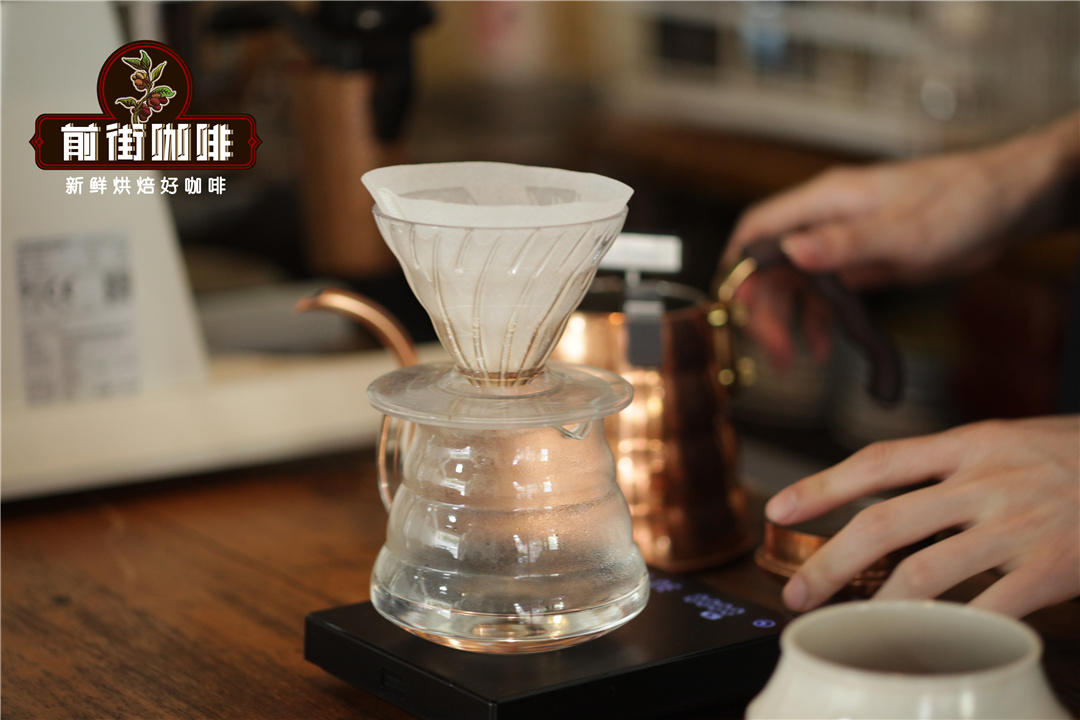
One of the questions a novice friend will be curious about is the price of coffee beans, right? The price of fine coffee beans varies, with Front Street bags available in 100 grams and 227 grams (half a pound). Adjust according to the price of raw beans. The price of beans in Front Street Coffee is quite favorable. Pay attention to our public account and you will find more discounts.
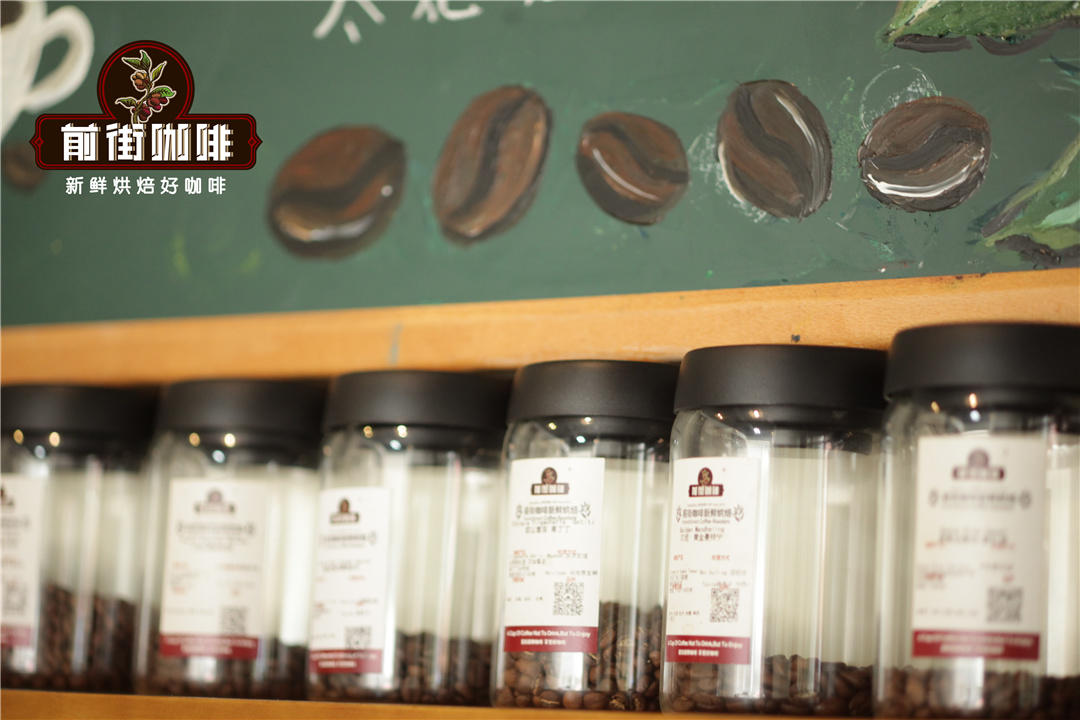
Professional coffee knowledge exchange More coffee bean information Please pay attention to coffee workshop (Weixin Official Accounts cafe_style)
More fine coffee beans, please add private WeChat Qianjie Coffee, WeChat: kaixinguoguo0925
Important Notice :
前街咖啡 FrontStreet Coffee has moved to new addredd:
FrontStreet Coffee Address: 315,Donghua East Road,GuangZhou
Tel:020 38364473
- Prev
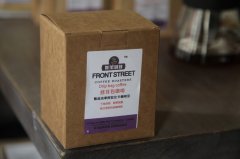
Kaddura Coffee Bean Price _ Kaddura Coffee 44 ℃ sweetest _ reason why Kaddura Coffee beans taste good
Professional coffee knowledge exchange more information on coffee beans Please follow the coffee workshop (Wechat official account cafe_style) Kaddura coffee beans (Caturra) is a single gene variant of bourbon, discovered in Brazil in the 1950s. Kaddura coffee beans are most suitable for growing at a low altitude of 700m to a high altitude of 1750 M. the higher the altitude, the better the flavor, with a refreshing sour taste of fruit.
- Next
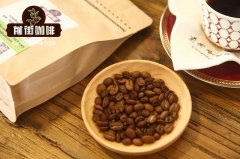
Recommended for hand-flushed coffee beans | the difference between hand-flushing water method and continuous water method.
Professional coffee knowledge exchange more coffee bean information please follow the coffee workshop (Wechat official account cafe_style) for beginners, it is recommended to proceed in a simple and easy way, to avoid as many unique special techniques as possible, it is important to drink more and more, first to practice a fixed pattern of hand feeling, respectively, to try the operation of water cut-off method and continuous water method during water injection, and then gradually.
Related
- Beginners will see the "Coffee pull flower" guide!
- What is the difference between ice blog purified milk and ordinary milk coffee?
- Why is the Philippines the largest producer of crops in Liberia?
- For coffee extraction, should the fine powder be retained?
- How does extracted espresso fill pressed powder? How much strength does it take to press the powder?
- How to make jasmine cold extract coffee? Is the jasmine + latte good?
- Will this little toy really make the coffee taste better? How does Lily Drip affect coffee extraction?
- Will the action of slapping the filter cup also affect coffee extraction?
- What's the difference between powder-to-water ratio and powder-to-liquid ratio?
- What is the Ethiopian local species? What does it have to do with Heirloom native species?

